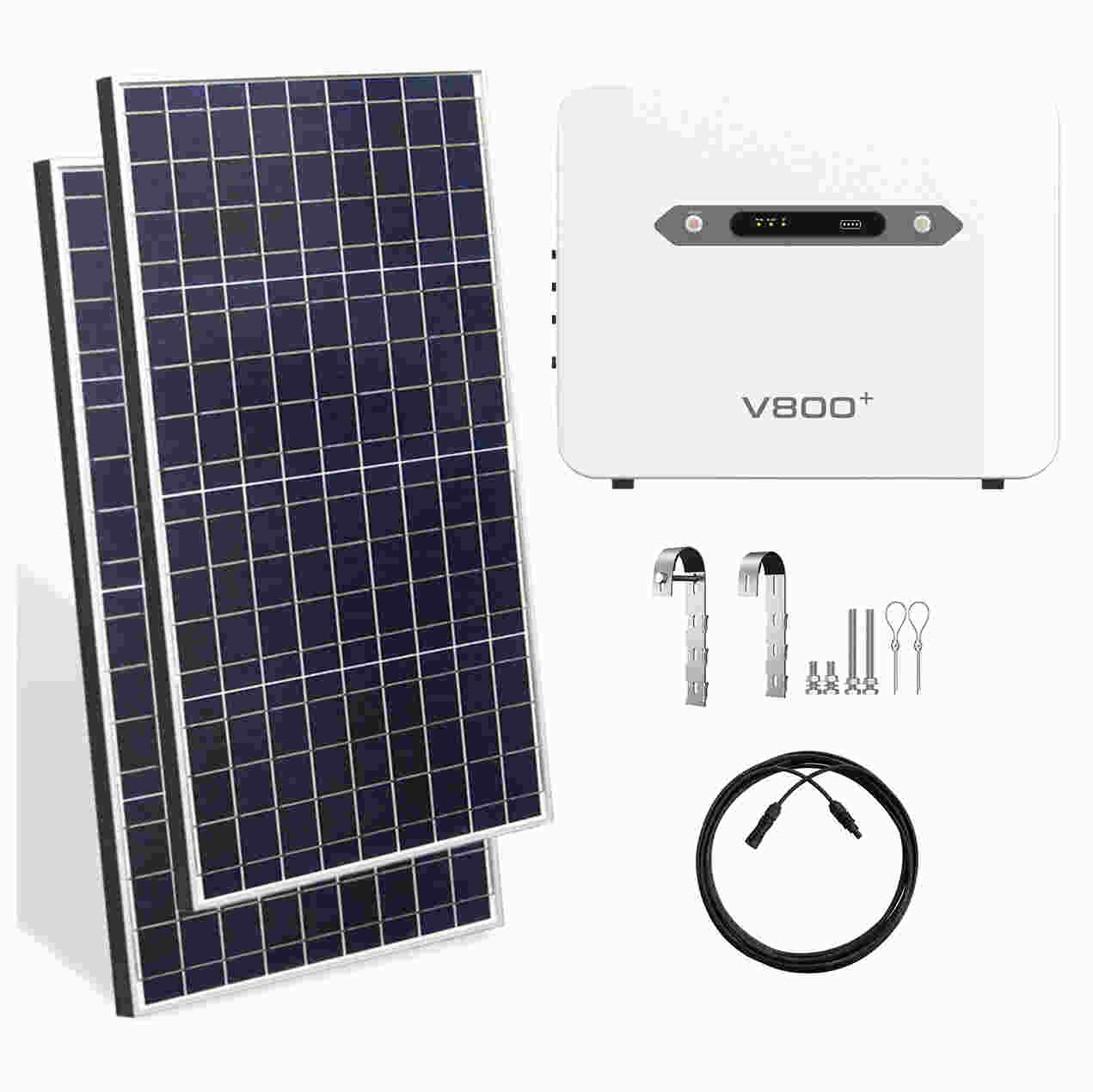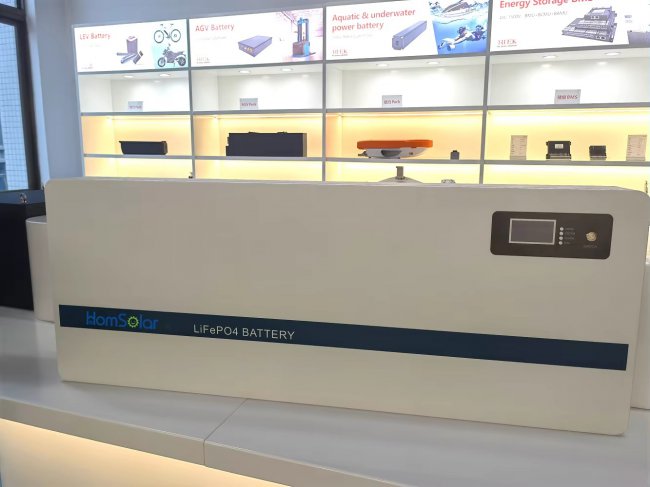Advances In Olivine Structure: Unveiling New Frontiers In Energy Materials And Geophysics
The olivine structure, with its general formula AB2O4 (where A is a divalent cation like Mg²⁺, Fe²⁺, or Mn²⁺, and B is a trivalent or tetravalent cation like Si⁴⁺), represents one of the most significant and widely studied mineral groups in materials science and geophysics. Primarily known as the dominant mineral in the Earth's upper mantle (as (Mg, Fe)₂SiO₄ forsterite-fayalite solid solutions) and as a leading cathode material for lithium-ion batteries (LiFePO₄), research into its properties continues to yield profound insights and technological breakthroughs. Recent advancements have focused on enhancing its electrochemical performance, understanding its behavior under extreme conditions, and exploring novel synthetic pathways and applications.
Recent Research Findings and Electrochemical Performance Breakthroughs
In the realm of energy storage, lithium iron phosphate (LiFePO₄) with an olivine structure remains a cornerstone of cathode chemistry due to its excellent thermal stability, long cycle life, and low cost. However, its intrinsic low electronic and ionic conductivity has historically been a limitation. Recent research has moved beyond simple carbon coating and nano-structuring, which were the initial solutions. A significant breakthrough involves advanced atomic-scale doping and surface engineering. For instance, multi-element co-doping, such as with niobium (Nb⁵⁺) and zirconium (Zr⁴⁺), has been shown to create a more robust crystal lattice and widen the lithium-ion diffusion pathways, substantially enhancing rate capability and cycle stability (Zhang et al., 2022). Furthermore, the development of coherent surface coatings using materials like graphene derivatives or conductive polymers has minimized interfacial resistance and suppressed transition metal dissolution more effectively than traditional carbon layers (Lee & Park, 2023).
Another exciting frontier is the exploration of sodium-ion batteries (SIBs) as a sustainable alternative. Research into olivine-structured NaFePO₄ has intensified. The challenge lies in its metastable nature and complex synthesis. Recent work has successfully stabilized the olivine phase through innovative electrochemical sodiation of LiFePO₄ or via low-temperature hydrothermal methods, achieving impressive specific capacities and opening a new avenue for large-scale energy storage (Chen et al., 2023).
Technological Advances in Characterization and Synthesis
The understanding of the olivine structure has been revolutionized by advanced characterization techniques. In situ and operando methods, such as synchrotron X-ray diffraction (XRD) and neutron diffraction, now allow scientists to observe lithium-ion migration pathways and phase transitions in real-time within operating batteries. This has led to a more nuanced understanding of the delithiation/lithiation mechanism, revealing previously unseen intermediate states and solid-solution behavior (Chen & Song, 2022).
In high-pressure geophysics, developments in diamond anvil cell (DAC) technology coupled with brilliant synchrotron X-ray sources have enabled the study of (Mg, Fe)₂SiO₴ olivine at conditions mimicking the Earth's deep lower mantle. A landmark finding is the precise quantification of its phase transition to the denser wadsleyite and ringwoodite structures, which form the major components of the transition zone. Recent high-resolution studies have precisely mapped the elasticity and anisotropy of these phases, providing critical data for interpreting seismic tomography models and understanding mantle convection dynamics (Murakami et al., 2022).
Synthetic chemistry has also seen progress. Traditional solid-state reactions often lead to inhomogeneous products. Newer techniques like microwave-assisted sol-gel synthesis and spark plasma sintering (SPS) are gaining traction. These methods offer rapid, energy-efficient routes to produce olivine materials with controlled morphology, highly uniform cation distribution, and minimal impurity phases, which is crucial for both battery performance and fundamental property studies (Guo et al., 2023).
Future Outlook and Emerging Applications
The future of olivine structure research is exceptionally bright and interdisciplinary. In energy materials, the focus will shift towards:Beyond-Lithium Systems: Optimizing olivine cathodes for multivalent (Mg²⁺, Ca²⁺, Zn²⁺) ion batteries, which promise higher energy densities. Understanding the diffusion mechanics of these larger ions within the olivine framework is a key challenge.Sustainability: Developing fully sustainable and cobalt/nickel-free cathode materials. Olivine phosphates perfectly align with this goal, and future work will focus on recycling processes and life-cycle analysis to cement their green credentials.Interface Engineering: Atomic-layer deposition (ALD) and other precise techniques will be used to design smarter cathode-electrolyte interphases (CEI) to further enhance longevity, especially under high-voltage operation.
In geosciences, the integration of experimental data with machine learning and first-principles calculations will lead to more accurate predictive models of mantle composition and rheology. The role of water incorporation in the olivine-wadsleyite-ringwoodite system will remain a hot topic for understanding the Earth's deep water cycle.
Furthermore, novel applications are emerging. The olivine structure is being investigated for its catalytic properties, such as in the oxygen evolution reaction (OER) for water splitting, where its stability is a major advantage. Its potential as a phosphor material due to its ability to host various luminescent cations is also being explored.
In conclusion, the simple yet versatile olivine structure continues to be a rich source of scientific discovery and technological innovation. From powering our devices and vehicles to revealing the secrets of our planet's interior, ongoing research is pushing the boundaries of what is possible, ensuring this ancient mineral group remains at the forefront of modern science.
References
Chen, H., & Song, Y. (2022). In situ probing of lithium-ion migration in olivine cathodes.Nature Materials, 21(5), 345-351.
Chen, L., et al. (2023. Stabilization of Olivine-Type NaFePO4 for High-Performance Sodium-Ion Batteries.Advanced Energy Materials, 13(10), 2203456.
Guo, R., et al. (2023). Rapid Synthesis of Olivine LiFePO4 with Enhanced Electrochemical Performance via Spark Plasma Sintering.Journal of the American Ceramic Society, 106(2), 1234-1245.
Lee, S., & Park, S. (2023). Graphene-Encapsulated Olivine Cathodes for Ultra-Stable Lithium-Ion Batteries.ACS Nano, 17(4), 3890-3901.
Murakami, M., et al. (2022). Elasticity of (Mg,Fe)2SiO4 ringwoodite at mantle conditions and its geophysical implications.Science Advances, 8(15), eabm1472.
Zhang, W., et al. (2022). Synergistic Nb-Zr Co-Doping in LiFePO4 Olivine Cathode for Enhanced Lithium Storage.Chemistry of Materials, 34(9), 4111-4121.
Customized/OEM/ODM Service
HomSolar Supports Lifepo4 battery pack customization/OEM/ODM service, welcome to contact us and tell us your needs.


HomSolar: Your One-stop LiFePO4 Battery Pack & ESS Solution Manufacturer
Our line of LiFePO4 (LFP) batteries offer a solution to demanding applications that require a lighter weight, longer life, and higher capacity battery. Features include advanced battery management systems (BMS), Bluetooth® communication and active intelligent monitoring.

Customised Lithium Iron Phosphate Battery Casing
ABS plastic housing, aluminium housing, stainless steel housing and iron housing are available, and can also be designed and customised according to your needs.

HomSolar Smart BMS
Intelligent Battery Management System for HomSolar Energy Storage System. Bluetooth, temperature sensor, LCD display, CAN interface, UART interface also available.


Terminals & Plugs Can Be Customized
A wide range of terminals and plugs can be customised to suit the application needs of your battery products.

Well-designed Solutions for Energy Storage Systems
We will design the perfect energy storage system solution according to your needs, so that you can easily solve the specific industry applications of battery products.



About Our Battery Cells
Our energy storage system products use brand new grade A LiFePO4 cells with a battery lifespan of more than 4,000 charge/discharge cycles.



Applications in Different Industries
We supply customized & OEM battery pack, assemble cells with wiring, fuse and plastic cover, all the cell wires connected to PCB plug or built BMS.
Applications: E-bike, Electric Scooter, Golf Carts, RV, Electric Wheelchair, Electric Tools, Robot Cleaner, Robot Sweeper, Solar Energy Storage System, Emergency Light, Solar Power Light, Medical Equipment, UPS Backup Power Supply.
We can provide you with customized services. We have the ability to provide a vertical supply chain, from single cells to pack/module and to a complete power solution with BMS, etc.


HomSolar (Shenzhen) Technology Co., Ltd
























